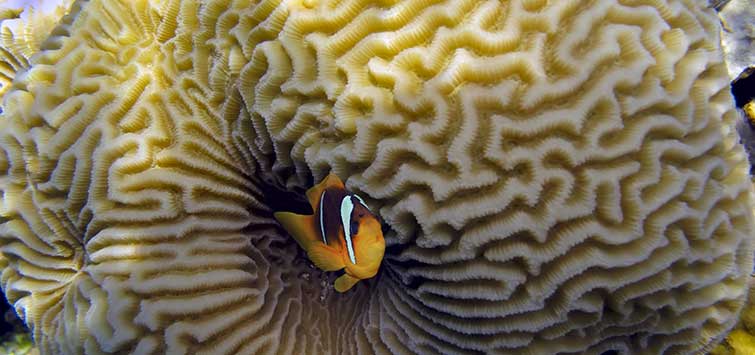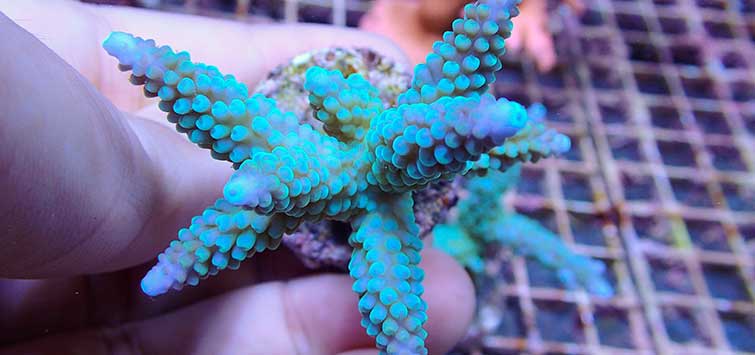Platygyra lamellina
Common Names: Ridge coral, maze coral, brain coral, closed brain coral, worm coral
Phylum: Cnidaria
Class: Anthozoa
Order: Scleractinia
Family: Faviidae
Range: Indo-West Pacific and Red Sea, including western, northern, and eastern coasts of Australia east to Tahiti, and north to Ryukyu Islands
Natural Environment: This is a fairly common photosynthetic stony coral found in most reef environments, particularly on reef flats and backwater areas. It tends to form massive mounds and/or dome-shaped colonies. Depending on location, the species can have contrasting valley
Water Requirements: Calcium 380 to 430 ppm, alkalinity 3.5 meq/l, pH 8.1 to 8.2, specific gravity 1.024 to 1.026, Mg approx. 1272 ppm, phosphate < .015 ppm, and a temperature range of 75° to 83°F (24° to 28°C).
Captive Care
Although a fairly common species, it is only occasionally available in the trade. When found in local shops, it is often misidentified. Platygyra daedalea is probably the species most often imported of the genus, as it looks quite similar, but its ridges are more rounded than those of P. lamellina. This is a very hardy coral that can be placed in areas with moderate to bright light, i.e., 4 to 5 watts per gallon via fluorescent or metal halides, and given moderate water movement so it can remain healthy. It also tends to keep its original coloration in captivity, even under varying amounts of light.
In the wild it generally forms massive boulder-shaped colonies; however, it can also form massive plates and encrust some of its neighbors or even aquarium side panels. It seems to be quite active during nighttime hours with the development of sweeper tentacles (especially near its neighbors), and although hand-feeding is not necessary, feeding tentacles are displayed in the evening hours. I do advise sufficient space be given, as this species can grow quite fast under the right conditions. It is also capable of generating large amounts of mucus when handled or disturbed.
Direct feeding during evening hours with rotifers, newly hatched brine shrimp, or zooplankton-type products is recommended if increased growth is desired. In any case, for adequate growth, monitoring the water quality is mandatory. Therefore, I highly recommend keeping calcium and alkalinity parameters within a balanced state, along with the proper level of magnesium in relation to the existing specific gravity.

.png?h=595&iar=0&w=2781&hash=5FD5E69473BCC22199FBFA2FB71B6033)



